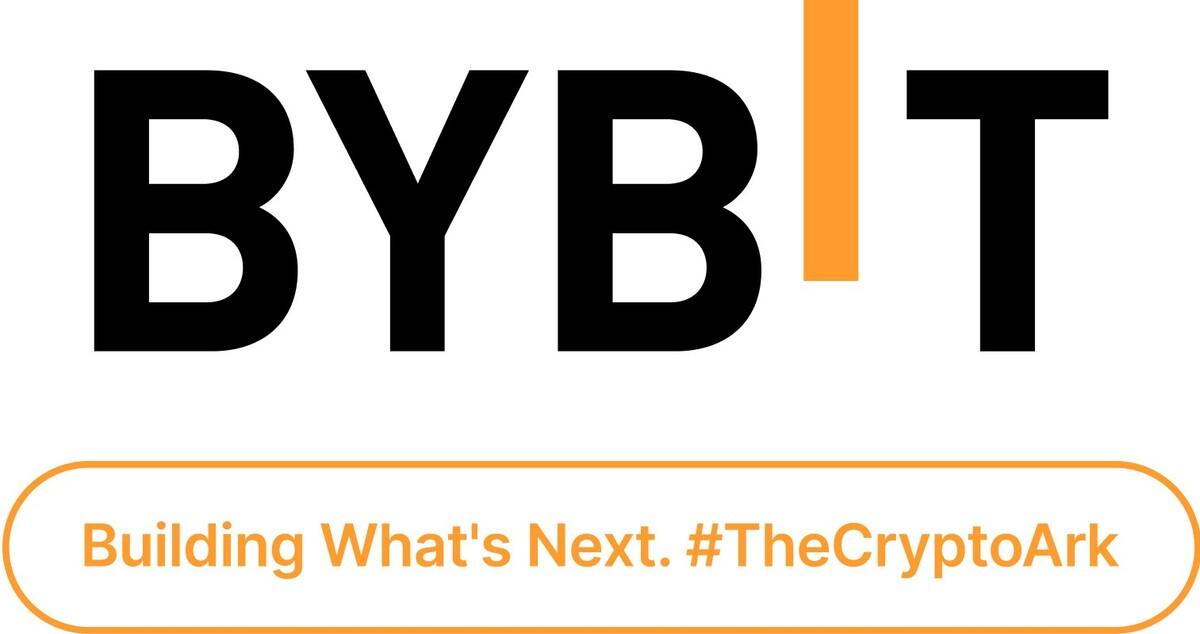An Infinite Mint Attack, also known as a token minting attack, is a malicious act that occurs within a blockchain protocol. This attack involves an unauthorized entity or hacker creating an excessive number of tokens, leading to a significant increase in the token supply. As a result, the value of each individual token decreases, causing a loss of trust and potential financial damage for token holders.
Blockchain systems are particularly vulnerable to this type of attack due to inherent security vulnerabilities that hackers exploit. These vulnerabilities can include bugs and weaknesses in the code, which allow attackers to manipulate the token supply. One notable example of an Infinite Mint Attack is the Cover Protocol attack.
What is the Cover Protocol Attack?
In the Cover Protocol attack, hackers took advantage of shield mining contracts to gain unauthorized crypto rewards from the protocol. This attack resulted in the exploitation of a staggering 40 quintillion tokens within the Cover staking pool. The large number of tokens minted by the attacker led to a drastic 97% drop in the token’s price. The attacker swiftly utilized the 1inch exchange to liquidate more than 11,700 coins, ultimately stealing approximately $5 million worth of tokens.
These attacks are executed with precision and speed, allowing the attackers to make significant profits from the tokens they create. The primary motive behind an Infinite Mint Attack is financial gain, as attackers aim to sell the minted tokens on the market, causing a crash in the token’s price and profiting from the resulting chaos.
How can the risk of Infinite Mint Attacks be mitigated?
Given the potential financial damage caused by an Infinite Mint Attack, it is crucial for blockchain protocols to implement measures to mitigate this risk. One such measure is conducting comprehensive smart contract audits by multiple reputable firms. These audits thoroughly examine the code and identify any vulnerabilities that could be exploited by attackers.
However, it is important to acknowledge that even with audits, protocols may not be entirely immune to Infinite Mint Attacks. New vulnerabilities may emerge, and hackers are constantly searching for ways to exploit them. Therefore, ongoing security monitoring and regular updates to the protocol’s code are necessary to stay ahead of potential attackers.
Additionally, it is essential for users to exercise caution when participating in blockchain protocols. Conducting due diligence on the protocol’s security measures and auditing reports can provide valuable insights into the level of risk involved. Users should also be aware of any irregularities or suspicious activities within a protocol and report them to the development team promptly.
What is the conclusion?
An Infinite Mint Attack is a malicious act within a blockchain protocol, where an unauthorized entity creates an excessive number of tokens. This leads to a devaluation of the tokens and a crash in their price when the attacker sells them on the market. These attacks exploit vulnerabilities in the protocol’s code and can result in significant financial losses for token holders.
To mitigate the risk of Infinite Mint Attacks, conducting comprehensive smart contract audits, ongoing security monitoring, and user vigilance are essential. Blockchain protocols need to prioritize security measures and stay proactive in identifying and addressing potential vulnerabilities. By doing so, the community can help safeguard the integrity and trustworthiness of blockchain-based systems.















